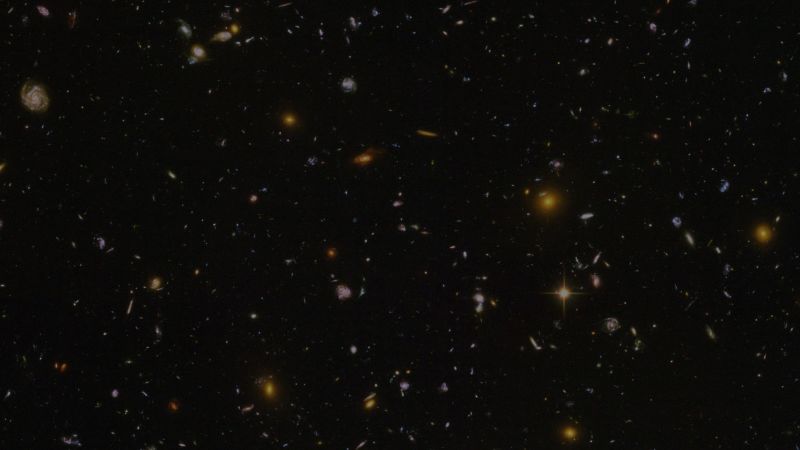For the first time in history, scientists have observed the ‘glory effect’ on a world beyond our solar system in a groundbreaking development. This discovery not only enhances our ability to study exoplanets, but also provides vital insights into their atmospheric conditions, thereby broadening our understanding of other planetary systems beyond our own.
The ‘glory effect’, often termed ‘glories’, refers to an optical phenomenon produced by sunlight interacting with water droplets in the atmosphere. It creates a series of concentric rings of color around the shadow of an object. Earth-bound observers often see glories from airplanes as a halo of colors encircling the airplane’s shadow cast upon clouds beneath them. These multi-colored halos in their fully developed form are rare and exquisite outcomes of complex optical processes, which has now been spotted on a planet thousands of light-years away.
This monumental discovery was made by an international team of astronomers utilizing the Hubble Space Telescope. They painstakingly analyzed the light reflecting off the exoplanet named WASP-121b, located around 900 light-years away from Earth. This hot Jupiter-like planet provided a suitable environment for the manifestation of this particular optical phenomenon, offering a unique set of conditions that led the scientists to their discovery.
The detection of the glory effect on WASP-121b represents more than just an extraordinary optical display; it implies a rich and complex atmospheric state. This phenomenon signifies that the atmosphere of WASP-121b contains an abundance of water droplets, similar to the Earth, which is a significant observation in the ongoing search for extraterrestrial life. The presence of water in the atmosphere of an exoplanet not only increases the probability of discovering life but also provides clues about the planet’s weather and climate patterns.
This new finding of glory, in the context of exoplanets, forms the stepping stone towards a more detailed and intricate understanding of interplanetary atmospheres. The ability to identify atmospheric components, such as water droplets, opens a new frontier in the field of planetary science, permitting deeper and more nuanced investigations into planets far beyond our grasp.
The detection of the glory effect also serves as a testament to the growing effectiveness of our space-bound telescopes. These tools are not merely enabling us to observe planets beyond our solar system but are assisting in the detection of complex optical phenomena such as glories, which are diagnostic of the atmospheric conditions on these distant worlds. This development underscores the potential and scope of our space exploration technology, and it is a testament to our ever-progressive push for understanding and exploring the universe.
Overall, the observation of the glory effect on an exoplanet underscores the intersection between physics, environmental science, and astronomy. It showcases our evolving comprehension of the universe beyond our solar system, bridging the gap between observational science and the cosmic unknown. It paves the way for the discovery of vital clues that can potentially unlock the mysteries surrounding alien weather patterns, atmospheric conditions, and possibly life on planets beyond our own.




